Home>Articles>Why Is My Liftmaster Garage Door Opener Not Working
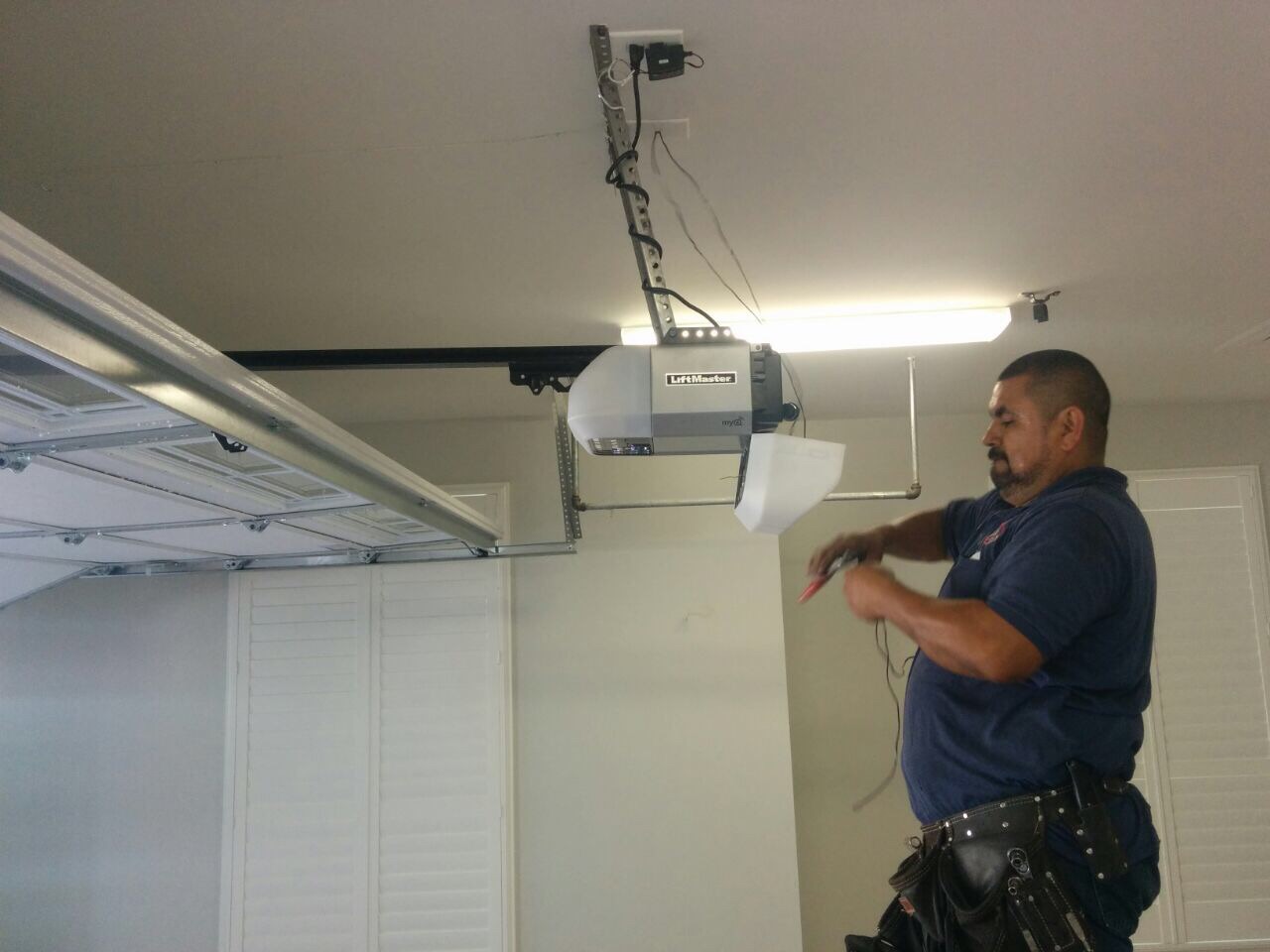

Articles
Why Is My Liftmaster Garage Door Opener Not Working
Modified: August 27, 2024
Discover articles that explain why your Liftmaster garage door opener may not be working, and find solutions to fix the issue and restore functionality.
(Many of the links in this article redirect to a specific reviewed product. Your purchase of these products through affiliate links helps to generate commission for Storables.com, at no extra cost. Learn more)
Introduction
Having a garage door opener is not only convenient, but it also provides added security and safety for your home. However, if you’re experiencing issues with your Liftmaster garage door opener, it can be frustrating and leave you wondering why it’s not working properly. In this article, we will explore some common problems that can occur with Liftmaster garage door openers and provide troubleshooting steps to help you resolve them.
Liftmaster is a trusted brand in the garage door opener industry, known for its reliability and durability. However, like any mechanical device, problems can arise over time or due to various factors. Understanding the potential issues and their solutions can save you time and money on unnecessary repairs or replacements.
Before we delve into the specific problems and troubleshooting steps, it’s important to note that safety should always be a priority when working with garage door openers. If you are unsure or uncomfortable with any of the troubleshooting steps, it’s best to consult a professional garage door technician.
Now, let’s explore some of the most common issues you may encounter with your Liftmaster garage door opener.
Key Takeaways:
- Troubleshooting your Liftmaster garage door opener’s power supply, remote control, sensor alignment, and motor unit can resolve common issues and ensure smooth operation, but safety should always be a priority during the process.
- Regular maintenance of tracks, rollers, and sensors, along with addressing power supply and remote control problems, can help keep your Liftmaster garage door opener functioning reliably, but seeking professional assistance for complex issues is advisable.
Read more: How To Connect Garage Door Opener Liftmaster
Common issues with Liftmaster garage door openers
Liftmaster garage door openers are designed to be reliable and efficient, but like any mechanical device, they can experience issues from time to time. Understanding these common issues can help you identify and resolve the problem quickly. Here are some of the most common problems you may encounter with your Liftmaster garage door opener:
- No response to remote control: One of the most frustrating issues you may face is when your Liftmaster garage door opener doesn’t respond to your remote control. This can be caused by various factors, such as a dead battery in the remote, a malfunctioning remote, or a problem with the receiver in the motor unit.
- Inconsistent door movement: If your garage door opens and closes inconsistently or stops midway through the process, it could be due to a misaligned sensor, obstructed tracks, or worn-out rollers. These issues can cause the garage door to become unbalanced and affect its smooth operation.
- Noisy operation: Excessive noise during the operation of your Liftmaster garage door opener can be a sign of underlying problems. It could indicate issues with the motor unit, worn-out parts, loose hardware, or lack of lubrication in the moving components.
- Door reversal: When your garage door opens partially and then closes back down, it is known as a door reversal issue. This can happen due to problems with the safety sensors, such as misalignment, dirt or debris blocking the sensor’s path, or faulty wiring connections.
- Intermittent operation: If your Liftmaster garage door opener works intermittently, it could be due to power supply problems, loose wiring connections, or issues with the motor unit. This can be particularly frustrating as it can be difficult to determine the exact cause of the problem.
Now that we’ve identified some common issues with Liftmaster garage door openers, let’s proceed to the next section to learn about specific problems and their solutions.
Power supply problems
One of the first things to check when your Liftmaster garage door opener is not working is the power supply. Without a proper power source, your garage door opener will not function correctly. Here are some power supply problems you may encounter:
- Power outage: If there has been a power outage in your area, it’s possible that the power to your garage door opener has been interrupted. In such cases, wait for the power to be restored before troubleshooting further.
- Tripped circuit breaker: Check the circuit breaker or fuse box to see if the circuit breaker has tripped or a fuse has blown. If so, reset the circuit breaker or replace the fuse and test the garage door opener again.
- Loose connections: Ensure that all the electrical connections to the motor unit are secure and tight. Loose connections can cause intermittent power supply issues and prevent the garage door opener from functioning properly. Tighten any loose wires or connectors as necessary.
- Faulty outlet: Plug another electrical device into the outlet where your garage door opener is connected to check if the outlet itself is working. If the other device doesn’t work either, there may be an issue with the outlet. In such cases, consult a qualified electrician to resolve the problem.
- Battery backup: Some Liftmaster garage door openers come with a battery backup feature. If your garage door opener has this feature, ensure that the battery is properly connected and charged. A weak or dead battery can cause power supply issues and result in the garage door opener not working.
Checking and addressing any power supply problems can often resolve issues with your Liftmaster garage door opener. However, if the problem persists, you may need to explore other potential causes. The next section will focus on troubleshooting remote control problems.
Remote control problems
If you are experiencing issues with your Liftmaster garage door opener remote control, it can be frustrating and inconvenient. Here are some common remote control problems you may encounter and potential solutions:
- Dead battery: The first thing to check when your remote control is not working is the battery. Replace the battery with a fresh one and test the remote control again. Ensure that the battery is properly inserted and the contacts are clean.
- Remote control range: If the remote control has a limited range and doesn’t work when you are further away from the garage, it could be due to interference or signal obstructions. Make sure that you are within the recommended range and remove any obstructions that may block the signal.
- Programming issues: Sometimes, the remote control may lose its programming or become out of sync with the garage door opener. Refer to the instruction manual or the manufacturer’s website for the correct programming instructions. Re-sync the remote control with the opener according to the specified steps.
- Malfunctioning remote: If the remote control is still not functioning properly after replacing the battery and reprogramming it, it could be a faulty remote. Try using another remote control (if available) to determine if the issue lies with the remote or the garage door opener. If the other remote works fine, consider replacing the malfunctioning remote.
- Interference: Interference from other electronic devices, such as wireless routers or nearby transmitters, can disrupt the signal between the remote control and the garage door opener. Try moving these devices away from the opener or changing the frequency settings to minimize interference.
By troubleshooting and addressing remote control problems, you can regain the convenience of operating your Liftmaster garage door opener with ease. However, if the remote control issues persist, it’s time to examine the sensor alignment, which will be discussed in the next section.
Sensor alignment issues
The sensors on your Liftmaster garage door opener play a crucial role in ensuring the safety and proper functioning of the door. They are located near the bottom of the door on both sides and emit an invisible beam that detects any obstructions in the path of the door. If the sensors are not properly aligned, it can result in the door not closing or reversing unexpectedly. Here’s how to address sensor alignment issues:
- Clean the sensors: The sensors can accumulate dust, dirt, or debris over time, which may affect their performance. Use a soft cloth or a mild cleaning solution to gently clean the sensors. Ensure that the lens on each sensor is clear and free from any obstructions.
- Check sensor alignment: The sensors should be aligned with each other to function properly. Look for a small LED light on each sensor – one will be green, indicating power, and the other will be yellow or red, indicating the beam transmission. If the LED lights are not lit or are blinking, there may be an alignment issue.
- Adjust sensor alignment: To align the sensors, first, check if they are facing each other directly and not at an angle. Use a level or a straight edge to ensure they are perfectly aligned horizontally. Make sure they are mounted at the correct height as recommended by the manufacturer.
- Test the alignment: Once you have adjusted the sensor alignment, test the garage door opener to see if it is working properly. Close the door and check if it stops and reverses when an object obstructs the sensor beam. If it doesn’t, repeat the alignment process or consult a professional for assistance.
- Check for obstructions: Ensure that there are no objects, such as cobwebs, leaves, or debris, blocking the sensor’s path. Even a small obstruction can interfere with the proper functioning of the sensors and cause the door to malfunction.
By properly aligning the sensors, you can ensure that your Liftmaster garage door opener operates safely and efficiently. In the next section, we will address track and roller problems that can affect the smooth functioning of the door.
Check the power source and ensure it’s connected properly. Also, inspect the sensors and make sure they are aligned and free from any obstructions.
Read more: How Much Are Liftmaster Garage Door Openers
Track and roller problems
The tracks and rollers of your Liftmaster garage door play a crucial role in ensuring smooth and efficient operation. Over time, they can experience wear and tear, become misaligned, or accumulate debris. Here are some common track and roller problems and how to address them:
- Misaligned tracks: Check the tracks on both sides of the garage door to ensure they are properly aligned. Look for any gaps, bends, or obstructions that may be hindering the smooth movement of the door. Use a level to ensure the tracks are straight. If there are any misalignments, loosen the mounting brackets and gently tap the tracks back into position. Retighten the brackets to secure the tracks.
- Dirty or obstructed tracks: Dust, debris, and other particles can accumulate in the tracks over time, impeding the smooth movement of the door. Regularly clean the tracks with a soft brush or cloth to remove any dirt or debris. Avoid using harsh chemicals or abrasive materials that can damage the finish of the tracks.
- Worn-out rollers: Inspect the rollers for signs of wear and tear. If the rollers are cracked, chipped, or damaged, they may need to be replaced. Lubricate the rollers with a silicone-based lubricant to ensure smooth movement.
- Noisy operation: A squeaky or noisy garage door can be a sign of track and roller issues. Apply a lubricant to the tracks, rollers, and hinges to reduce friction and noise. Be sure to wipe off any excess lubricant to prevent it from attracting dirt and causing further problems.
- Lack of lubrication: Proper lubrication of the tracks and rollers is essential for smooth and efficient garage door operation. Regularly apply a silicone-based lubricant to the tracks, rollers, and hinges to reduce friction and prevent excessive wear.
By addressing these track and roller problems, you can ensure that your Liftmaster garage door operates smoothly and quietly. However, if the issues persist or become more severe, it may be necessary to investigate potential motor unit problems, which we will discuss in the next section.
Motor unit problems
The motor unit is the heart of your Liftmaster garage door opener, responsible for powering the operation of the door. If you’re experiencing issues with your garage door not opening or closing properly, it could be due to motor unit problems. Here are some common motor unit problems and how to troubleshoot them:
- Overheating: Continuous or excessive use of the garage door opener can cause the motor unit to overheat. If you notice that the motor unit feels hot to the touch or emits a burning smell, give it some time to cool down. Avoid using the opener for extended periods and ensure proper ventilation around the motor unit.
- Faulty wiring: Check for any loose or damaged wiring connections in the motor unit. Ensure that the wiring is properly connected and there are no exposed wires that could cause short circuits or electrical issues. If you are not experienced with electrical work, it is best to consult a professional for wiring repairs.
- Malfunctioning motor: If the motor unit is not functioning or making strange noises, it could indicate a faulty motor. In such cases, it may be necessary to replace the motor or seek professional assistance from a qualified garage door technician.
- Limit switch issues: The limit switches are responsible for controlling the open and close positions of the garage door. If the door doesn’t reach the fully open or closed position, or if it reverses immediately after touching the floor, it could indicate a problem with the limit switches. Adjusting the limit switch settings or replacing them may be required.
- Safety sensor problems: The safety sensors are designed to detect obstructions and prevent the door from closing if something is obstructing the pathway. If the sensors are not functioning correctly or sending false signals, the door may not close properly or may immediately reverse. Check for any obstructions or dirt blocking the sensors and ensure they are properly aligned as discussed earlier.
Addressing motor unit problems can require technical expertise, so if you’re unsure or unable to troubleshoot the issues yourself, it’s best to consult a professional garage door technician. They can diagnose and repair motor unit problems effectively and safely.
Now that we’ve explored common motor unit problems, let’s move on to the next section where we will discuss general troubleshooting steps for your Liftmaster garage door opener.
Troubleshooting steps for Liftmaster garage door opener
When your Liftmaster garage door opener is not working properly, following a systematic troubleshooting process can help you identify and resolve the issues. Here are some general troubleshooting steps to consider:
- Check the power supply: Ensure that the garage door opener is receiving power. Check for power outages, tripped circuit breakers, and loose connections. Replace batteries in the remote control and ensure the battery backup (if applicable) is functional.
- Inspect the remote control: Replace the battery in the remote control and ensure it is properly programmed and not experiencing any interference. Try using another remote control to determine if the issue lies with the remote or the opener.
- Examine sensor alignment: Check the sensors to ensure they are clean, properly aligned, and free from obstructions. Adjust the sensor alignment if necessary and ensure there are no objects blocking the sensor’s path.
- Inspect the tracks and rollers: Ensure that the tracks are aligned, clean, and free from debris. Lubricate the rollers and hinges to reduce friction. Replace any worn-out rollers to ensure smooth movement of the door.
- Examine the motor unit: Check for signs of overheating, loose or damaged wiring connections, and motor malfunctions. Allow the motor unit to cool down if it has overheated. Address any wiring issues or consider professional assistance for motor repairs or replacement.
- Reset the opener: Some issues can be resolved by performing a simple reset of the garage door opener. Refer to the instruction manual or manufacturer’s guidelines for the specific steps to reset your Liftmaster opener.
- Consult a professional: If you are unable to identify or resolve the issues with your Liftmaster garage door opener, it is recommended to seek professional assistance. A qualified garage door technician can diagnose the problem accurately and provide the necessary repairs or replacements.
Remember, prioritizing safety is essential when troubleshooting your garage door opener. If you are uncertain about any part of the troubleshooting process or encounter unfamiliar electrical components, it’s best to consult a professional to avoid any potential hazards.
By following these troubleshooting steps, you can often identify and resolve the common problems that may arise with your Liftmaster garage door opener.
Conclusion
Your Liftmaster garage door opener plays a crucial role in providing convenience and security for your home. When it’s not working properly, it can be frustrating and disrupt your daily routine. Luckily, many common issues with Liftmaster garage door openers can be resolved with simple troubleshooting steps.
In this article, we discussed the common issues that you may encounter with your Liftmaster garage door opener, including power supply problems, remote control issues, sensor alignment, track and roller problems, and motor unit malfunctions. We provided troubleshooting steps for each of these problems, emphasizing the importance of safety during the troubleshooting process.
Remember to always check the power supply and remote control first, as these are often the main culprits behind garage door opener issues. Sensor alignment, track and roller maintenance, and motor unit inspections are also critical for ensuring smooth and efficient operation of your garage door opener.
If you are unable to identify or resolve the issues on your own, it is best to consult a professional garage door technician. They have the expertise and knowledge to diagnose and repair complex problems, ensuring that your Liftmaster garage door opener works flawlessly.
By following the troubleshooting steps outlined in this article and taking the necessary precautions, you can keep your Liftmaster garage door opener in top condition and enjoy the convenience and security it provides for many years to come.
Thank you for reading, and we hope this article has been helpful in troubleshooting issues with your Liftmaster garage door opener.
Frequently Asked Questions about Why Is My Liftmaster Garage Door Opener Not Working
Was this page helpful?
At Storables.com, we guarantee accurate and reliable information. Our content, validated by Expert Board Contributors, is crafted following stringent Editorial Policies. We're committed to providing you with well-researched, expert-backed insights for all your informational needs.
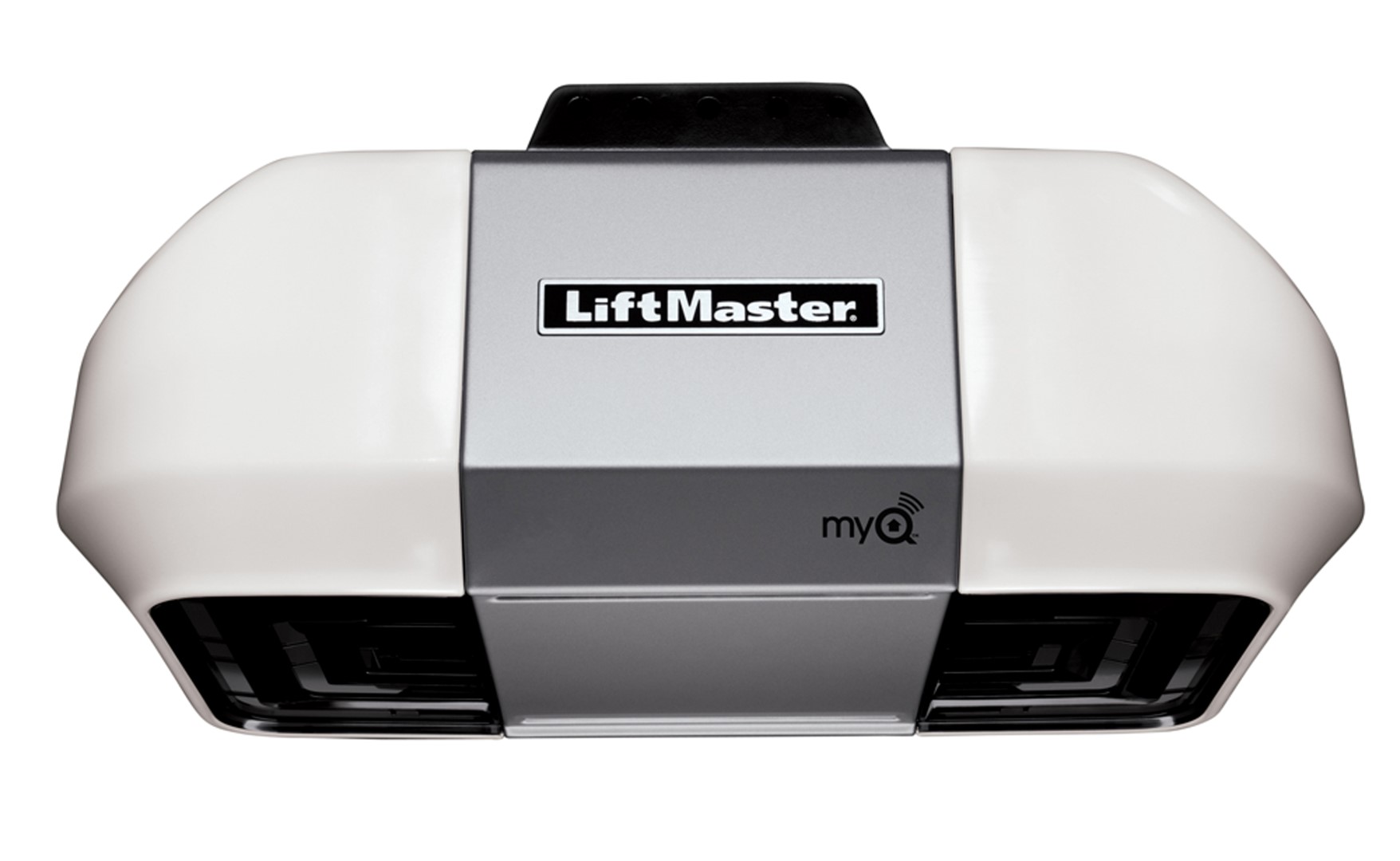
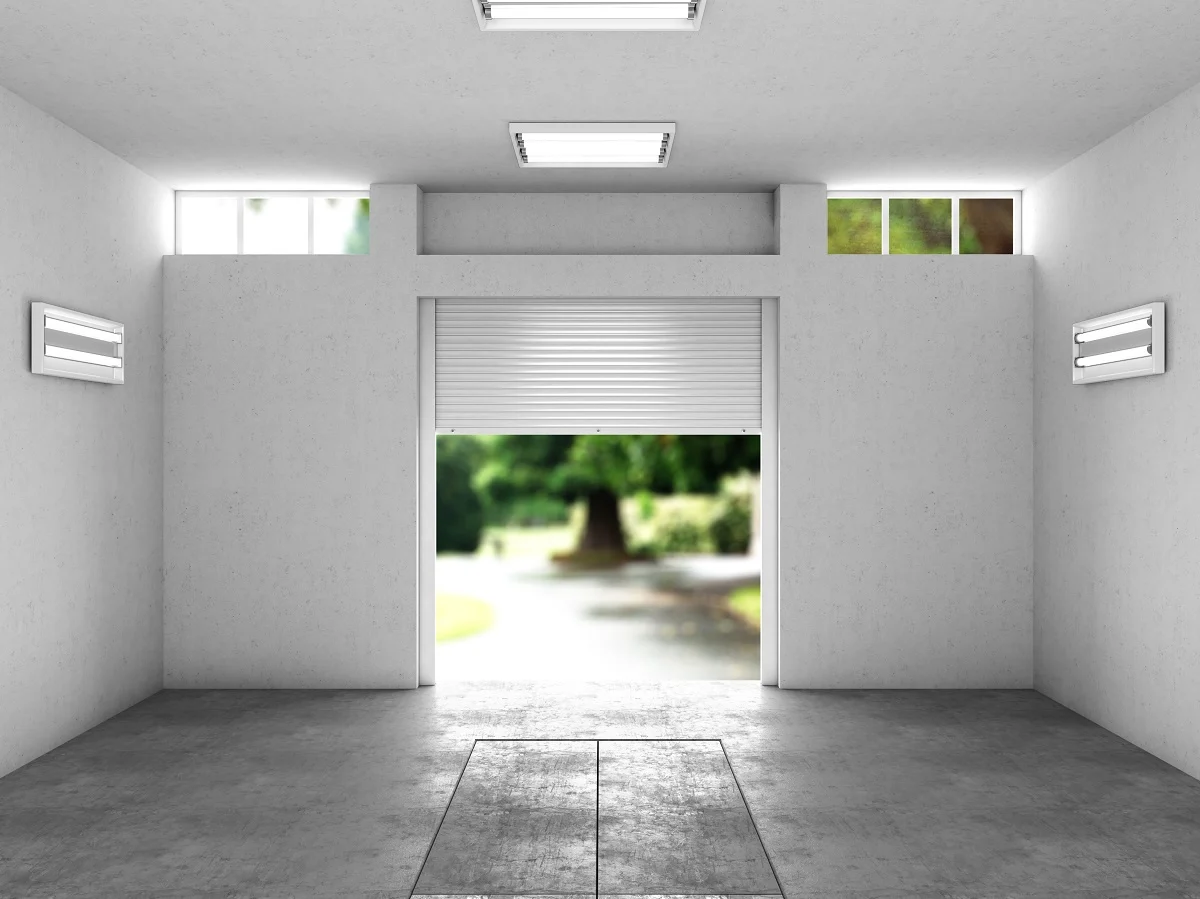

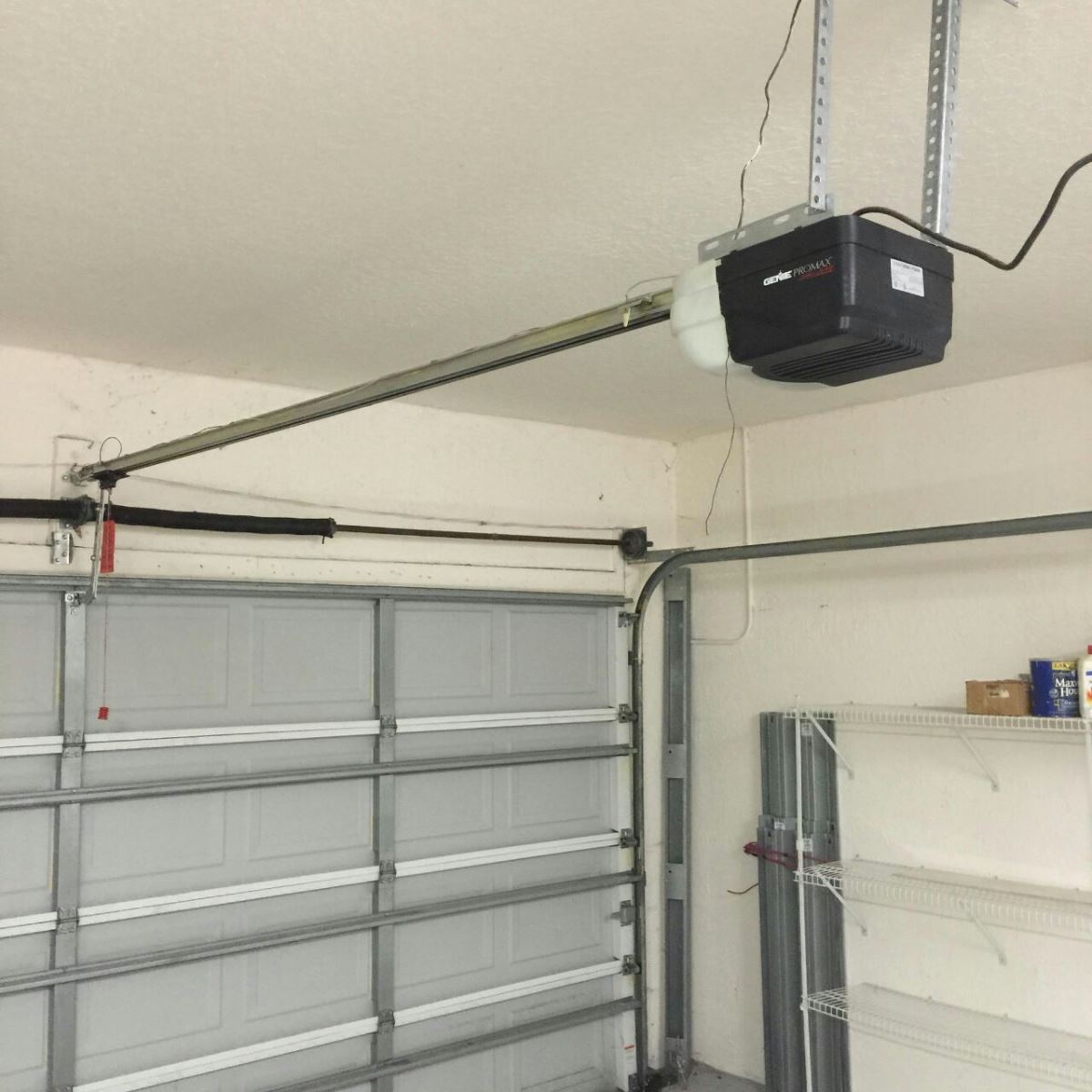
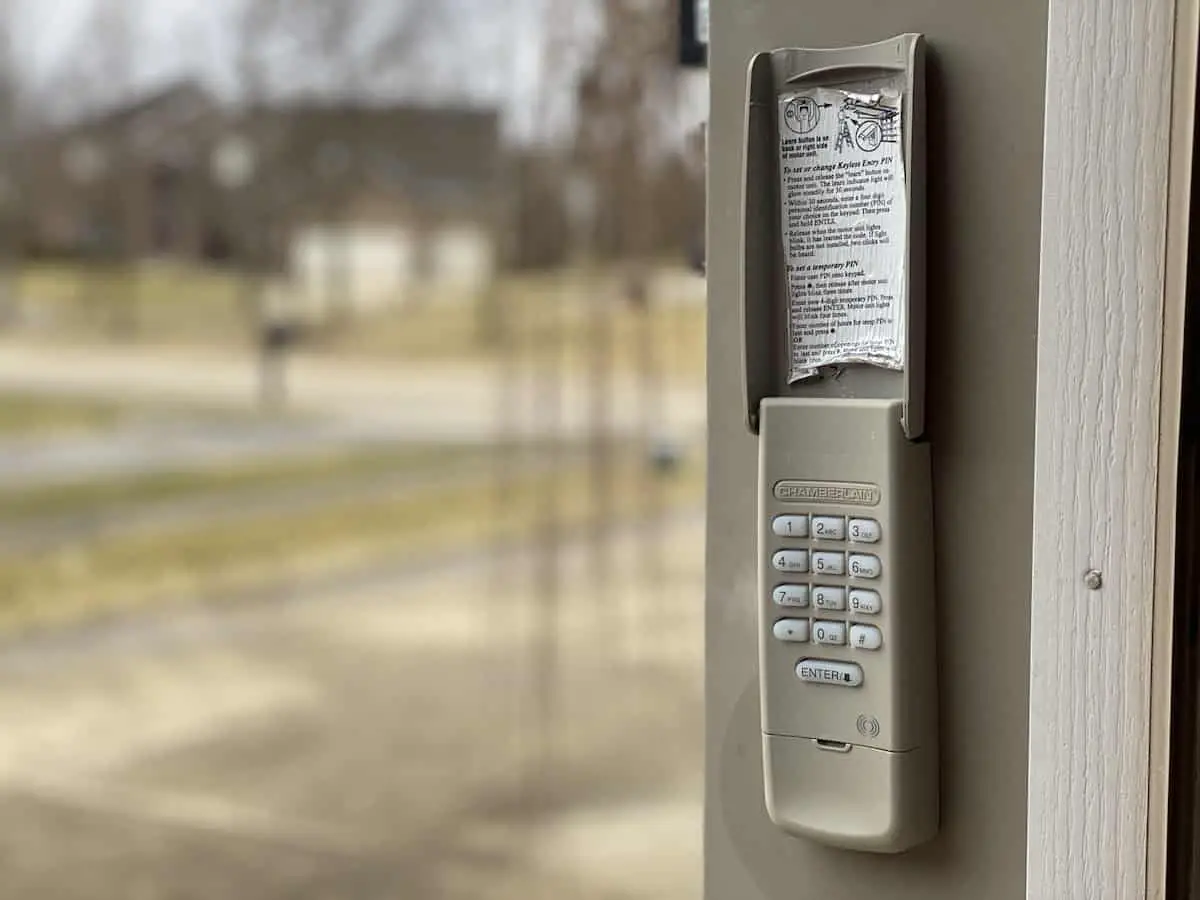


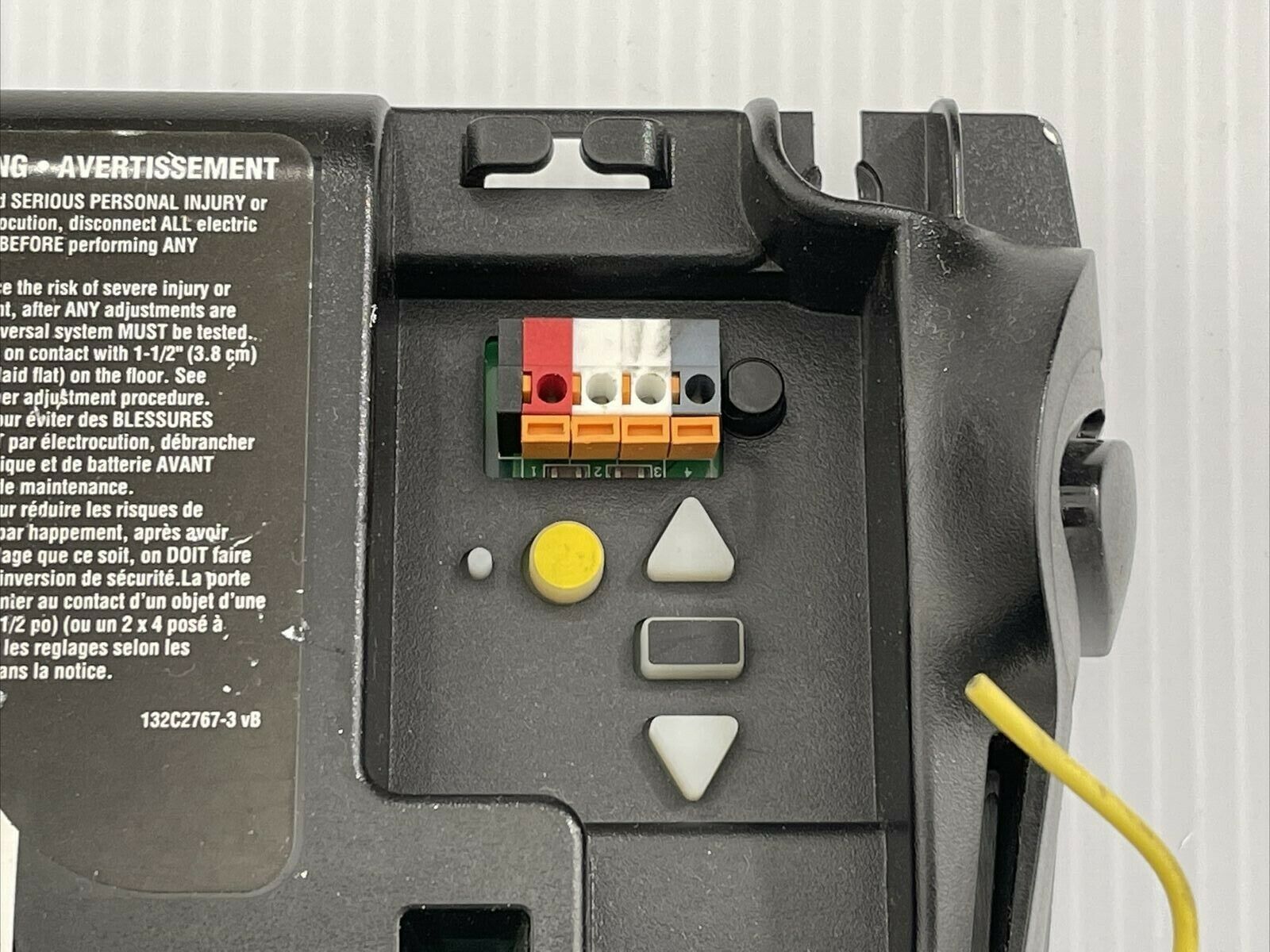
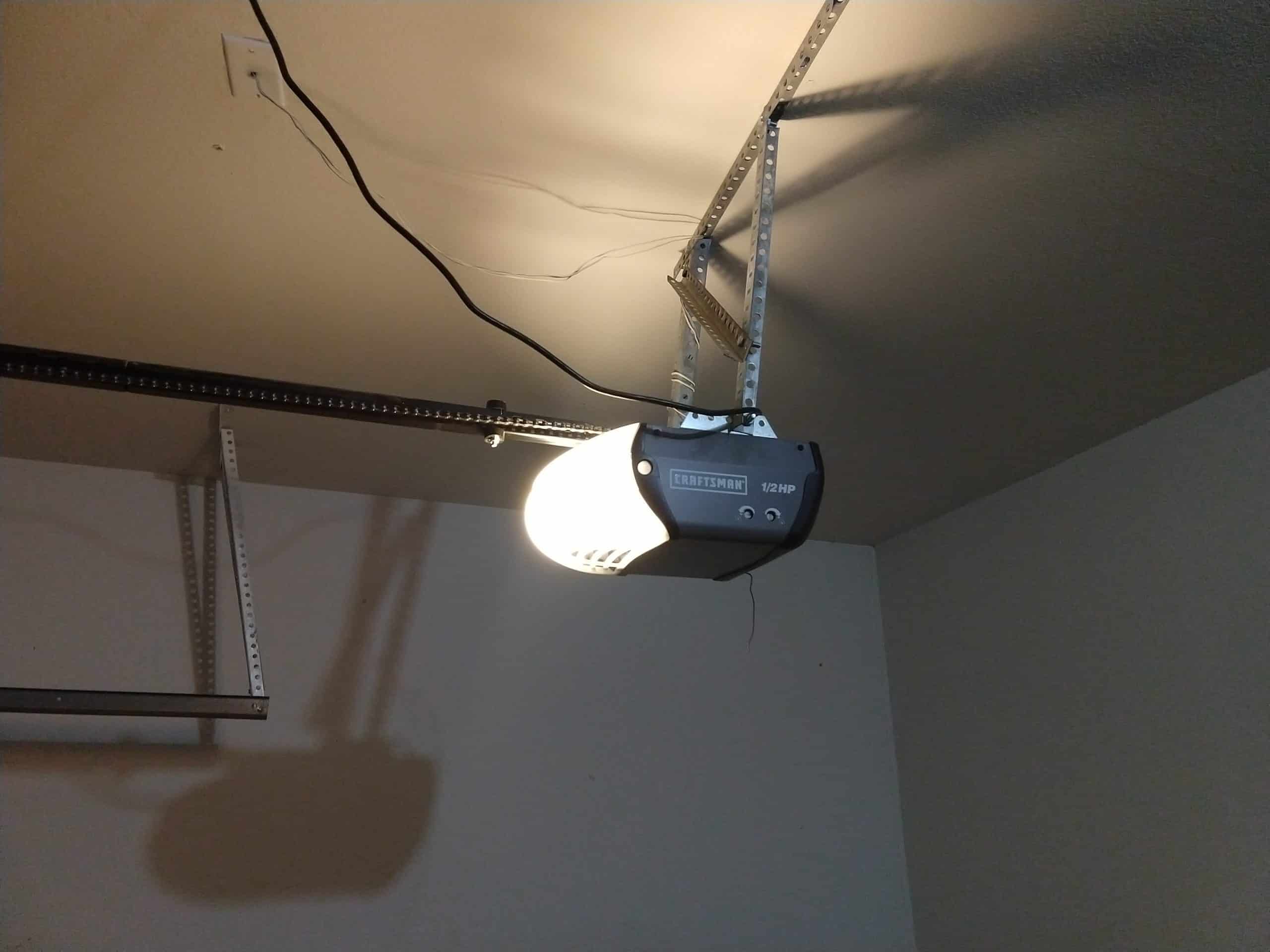
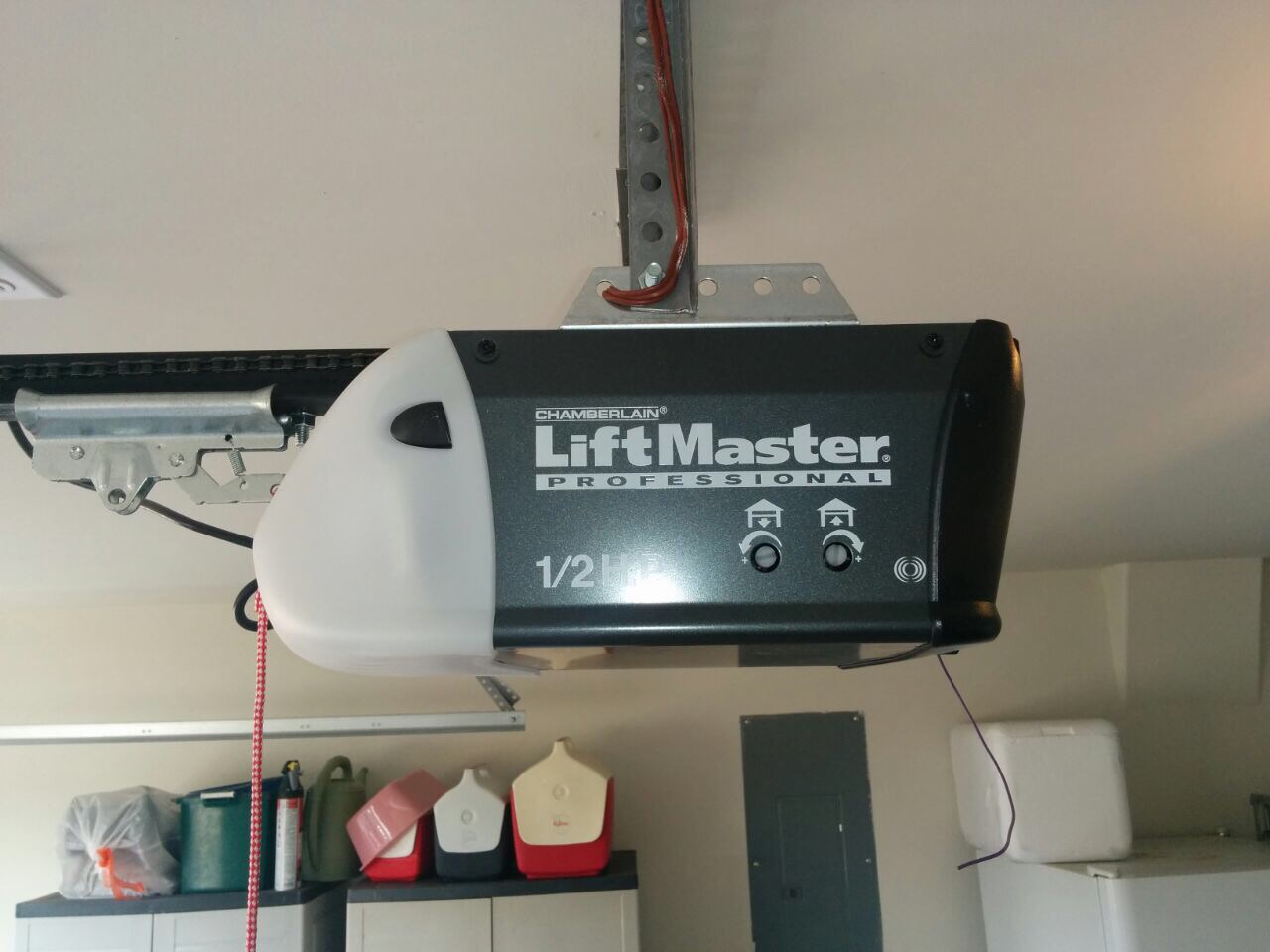
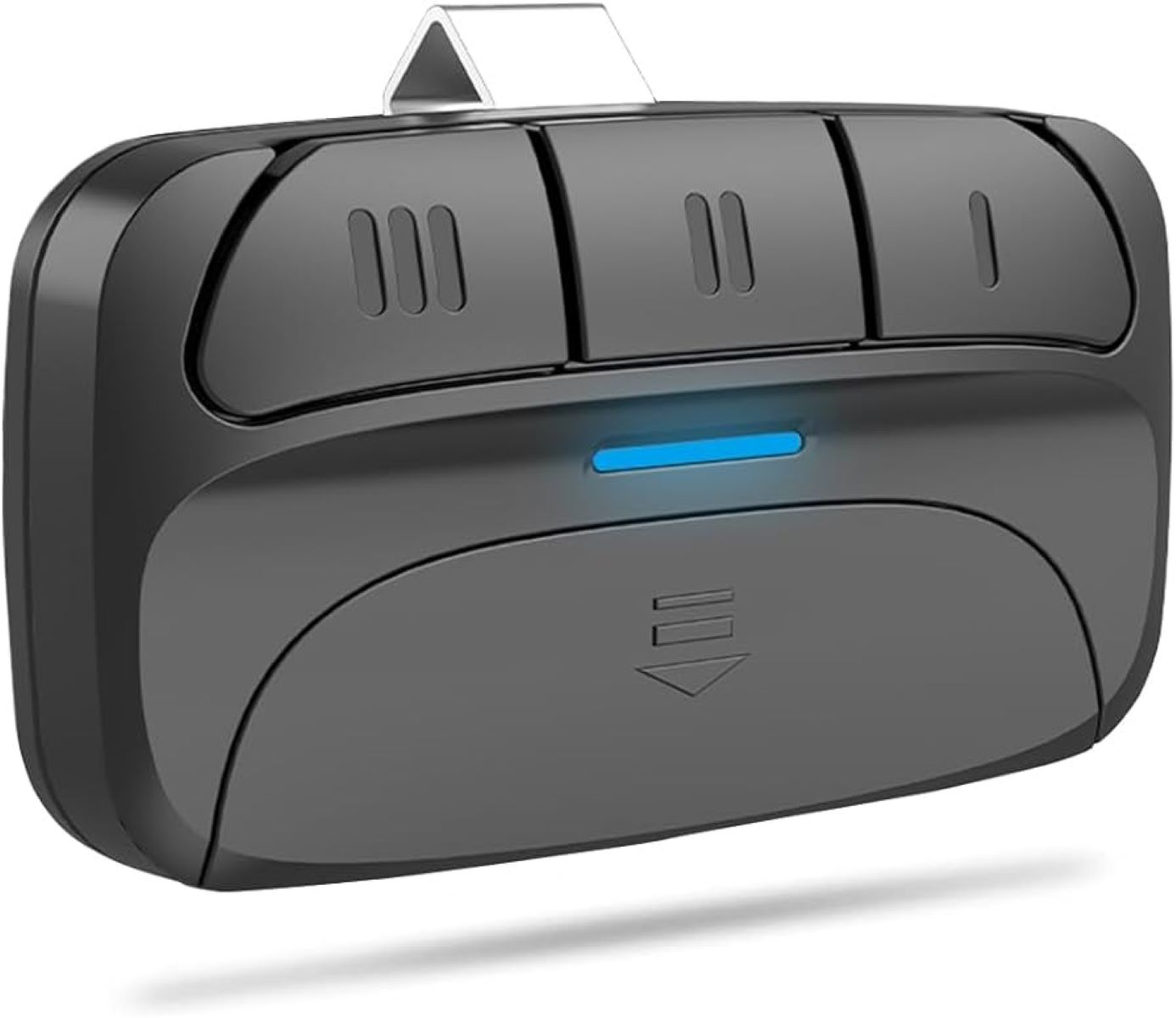
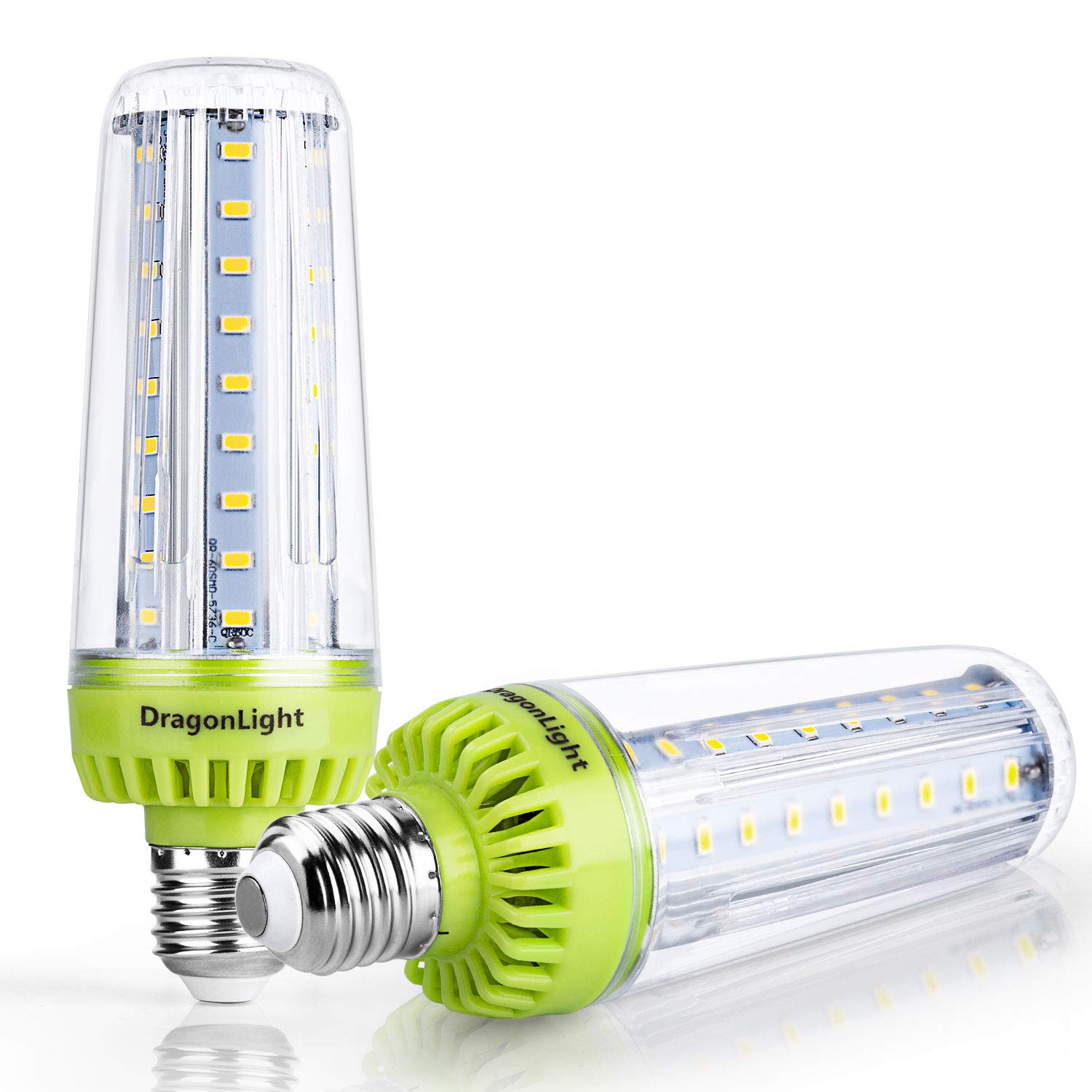

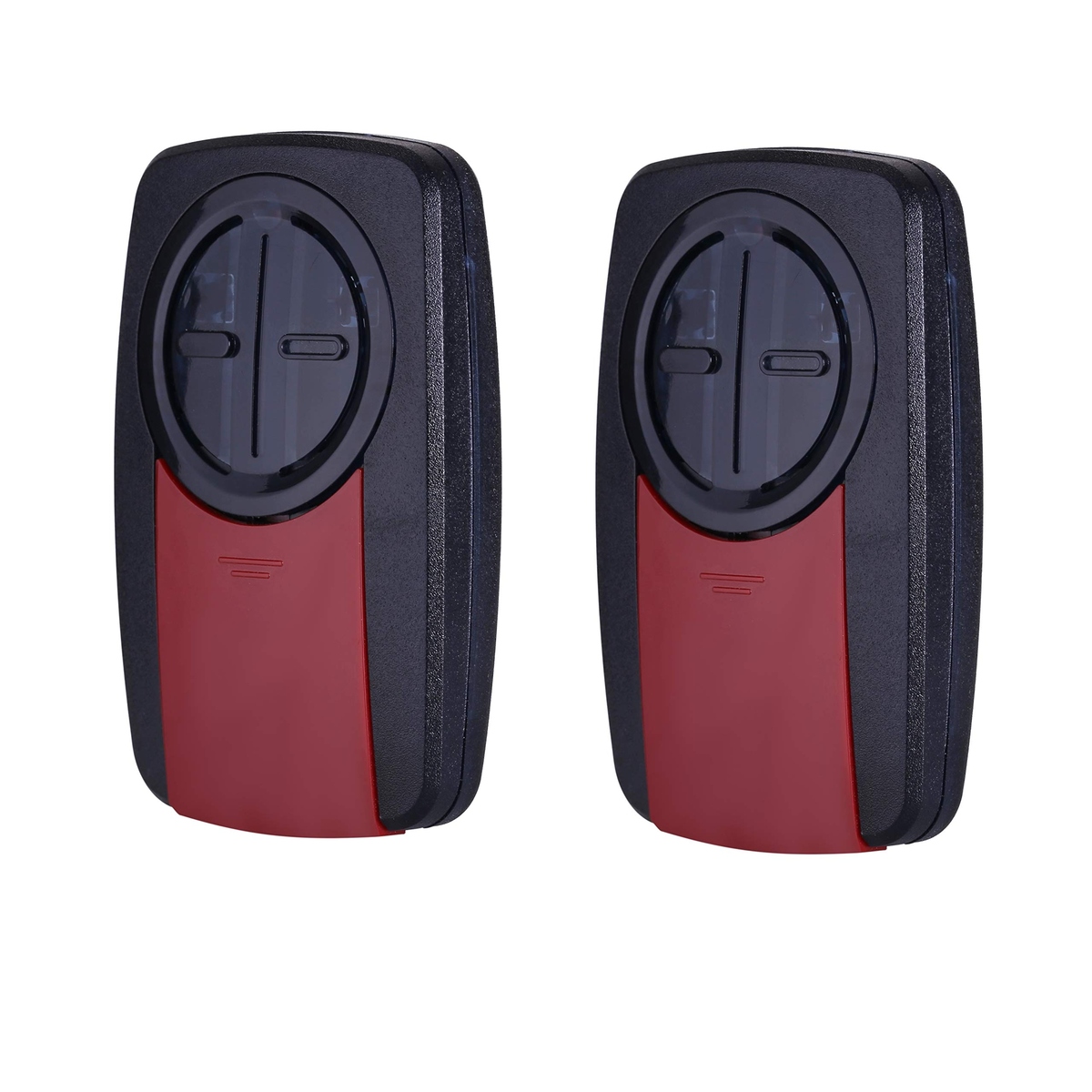

0 thoughts on “Why Is My Liftmaster Garage Door Opener Not Working”